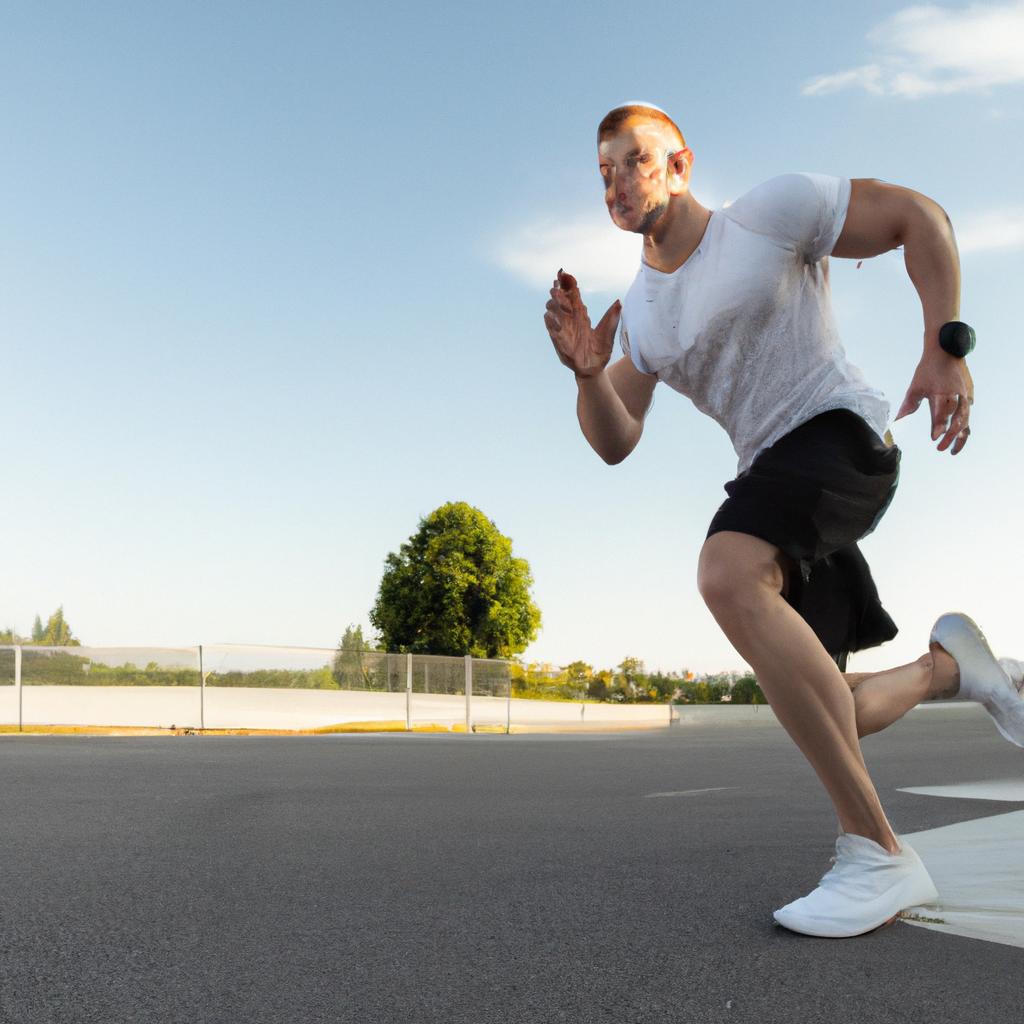In the dynamic world of athletics, where every second counts and every step matters, the quest for speed and endurance has become a relentless pursuit for both novice and seasoned athletes alike. As the finish line approaches, the difference between triumph and defeat often hinges on one’s ability to maintain a blistering pace while fending off fatigue. Whether you’re a sprinter striving for a personal best or a long-distance runner preparing for your next marathon, understanding the delicate balance between speed and endurance is essential. This article delves into effective training techniques that can elevate your performance to new heights, offering insights that blend the art of speed with the science of endurance. Join us as we explore innovative strategies, expert tips, and inspiring stories designed to help you boost your pace, conquer new challenges, and achieve your athletic goals.
Elevate Your Speed with Interval Training Strategies
Interval training is a powerful method to enhance your speed and endurance, allowing you to push your limits and achieve new personal bests. By alternating between high-intensity bursts and lower-intensity recovery periods, you not only improve your cardiovascular capacity but also build muscular strength. Consider incorporating these **interval training strategies** into your routine:
- Fartlek Runs: Blend short sprints into your longer runs, varying your pace based on how you feel or the terrain.
- Tabata Training: Engage in 20 seconds of maximal effort followed by 10 seconds of rest, repeated for 4 minutes, to maximize speed and power.
- Hill Repeats: Sprint up a hill for 30 seconds to a minute, then walk or jog back down for recovery, targeting your leg strength and power.
- Track Intervals: Use a running track to complete structured intervals, such as 400 meters at a fast pace followed by a recovery lap.
| Interval Type | Duration | Benefit |
|---|---|---|
| Fartlek | Variable | Improves speed and stamina |
| Tabata | 4 mins | Boosts anaerobic fitness |
| Hill Repeats | 1 min | Builds strength |
| Track Intervals | 400m | Enhances speed |
By incorporating these diverse tactics into your training regimen, you’ll engage different energy systems and keep your workouts fresh and stimulating. This not only keeps boredom at bay but also leads to substantial improvements in your overall performance.

Mastering Endurance: The Role of Varied Pacing in Long-Distance Runs
Varied pacing is an essential strategy for runners looking to enhance their endurance during long-distance events. By integrating different speeds into your training regimen, you can teach your body to adapt to changing demands and improve overall stamina. Here are some key approaches to consider:
- Fartlek Training: This Swedish term means ”speed play.” Incorporating bursts of speed followed by recovery jogs simulates race conditions and helps improve both aerobic and anaerobic capacities.
- Intervals: Short, high-intensity efforts followed by rest or low-intensity periods challenge your cardiovascular system, preparing it for sustained speed during races.
- Threshold Runs: Running at a comfortably hard pace will help increase your lactate threshold, allowing you to maintain faster paces over longer distances.
To visualize the impact of these techniques, consider the following table that compares training benefits:
| Training Technique | Primary Benefit |
|---|---|
| Fartlek Training | Increased speed variability and recovery |
| Intervals | Improved anaerobic capacity and speed |
| Threshold Runs | Enhanced endurance and lactate management |
By blending these varied pacing strategies, runners can embrace a more dynamic training routine that not only enhances speed but also builds the endurance necessary to conquer long distances with confidence.
The Way Forward
As we conclude our exploration of techniques to boost your pace and elevate your speed and endurance, remember that the journey toward athletic improvement is as vital as the destination itself. Each workout, every moment of perseverance, and the lessons learned along the way contribute to your unique narrative as an athlete. By incorporating a blend of interval training, strength workouts, proper nutrition, and recovery strategies, you set the stage for progress not only in speed but also in overall fitness.
Embrace the challenge, stay curious, and listen to your body as you embark on your training journey. Transformation takes time, but with consistent effort, the strides you make will resonate far beyond the track or trail, instilling a sense of accomplishment and resilience in all areas of life. So lace up those shoes, push your limits, and let every mile be a step toward unlocking your full potential. The road ahead is yours to conquer—make it count!











Leave a Reply